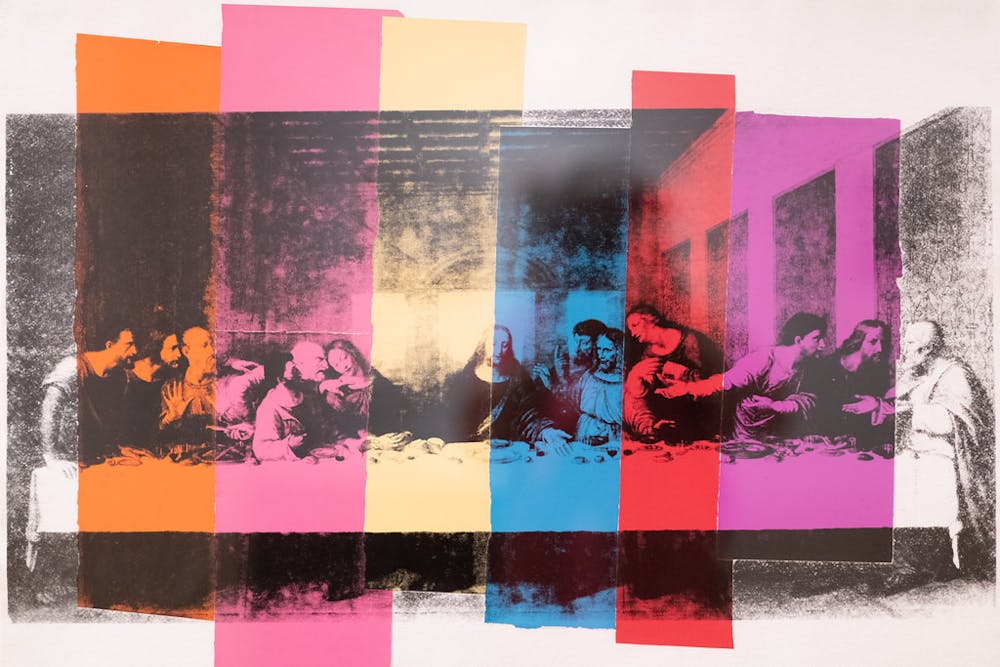This October, the Baltimore Museum of Art (BMA) decided to sell Andy Warhol’s The Last Supper, Brice Marden’s 3 and Clyfford Still’s 1957-G. The selling process, known as deaccessioning, is part of a growing trend among art museums to diversify their collections.
According to BMA Director Christopher Bedford, the sales are meant to address systemic racism and injustice and encourage inclusion of more diverse artists. This is not the first instance of controversial deaccessions under Bedford’s management; in 2018, the BMA sold seven artworks for $16.2 million, including two Warhol works.
Nonetheless, the BMA is not alone in its diversification efforts. Many other museums, including the San Diego Museum of Art (SDMA), are deaccessioning works to provide funds for new pieces. Just earlier this month, numerous pieces from the SDMA went up for auction at Sotheby's, including Bernardo Bellotto’s Architectural Capriccio.
These recent deaccessions are related to an April announcement from the Association of Art Museum Directors that loosened restrictions on when museums can sell art. As a response to rising financial problems during the pandemic, the Association is allowing works to be sold to raise funds for “direct care” of museums and their staff.
The BMA’s sale of its three major works, Warhol’s The Last Supper, Marden’s 3 and Still’s 1957-G, will total around $65 million. Of that amount, $54.5 million will be used to create an endowment to maintain the museum’s collection, increase staff salaries and eliminate special admission fees. The other $10 million will be used to buy works created by women and people of color.
This plan has been met with mostly firm opposition and only some positive reactions.
The Baltimore Sun’s Editorial Board praised the BMA’s deaccessioning decision, calling it “a smart business move and a welcome recognition that the status quo isn’t going to secure any institution’s place in the future or dismantle the structural inequities of the past.”
Other responses haven’t been so positive, with a highly critical reaction coming in the form of a letter sent to Maryland Attorney General Brian E. Frosh and Maryland Secretary of State John C. Wobensmith. Signed by former trustees, donors and other supporters of the BMA, the letter points out the potential loss of prominent cultural pieces in Baltimore.
According to the letter, Still’s 1957-G was a notable gift from the artist, who lived in Maryland for over a decade, and is the only Still painting in the museum. The letter asserts “with almost 100% certainty that if the BMA deaccessions its single piece by the artist, the museum will never again represent the work of this major Abstract Expressionist.”
The letter also argues that deaccessioning the Warhol, Marden and Still pieces at $65 million combined, the BMA is grossly underselling the actual values of the paintings.
Warhol made multiple versions of The Last Supper, and in 2017 a similarly sized piece sold for $61 million. According to the letter, The Last Supper alone should sell for $65 million. By choosing to sell privately rather than going through the auctioning process of competitive bidding, The Last Supper is at risk of being sold at “a bargain-basement price.”
“BMA did not sufficiently exercise its fiduciary duty in valuation of the work and in seeking to maximize the sale proceeds,” the letter states.
In addition to these criticisms, the letter claims that the museum’s sales process contained irregularities and conflicts of interest, alleging that the voting process for the deaccessioning involved museum curators who would benefit from the salary increase that would come from these sales. While the letter supports the need for more diversity in the museum’s collections, it argues that funds acquired by the museum through normal fundraising procedures should be enough to sustain new purchases.
In response to these accusations, the BMA said it is not in violation of any ethical codes or laws, detailing that the conflict of interest allegations have little merit due to the museum’s planned pay raises only applying to staff members who were not involved in the vote for the deaccessioning.
Additionally, the BMA defends its decision to sell the Warhol piece privately, claiming that a private sale would be more effective than a public one. The Marden and Still pieces will still be going to public auction. Bedford argued that, despite pushback from curators, buying works by women and people of color is enough justification to sell.





